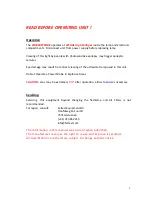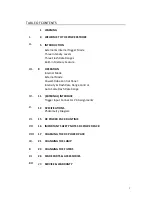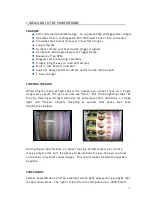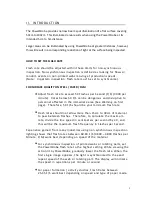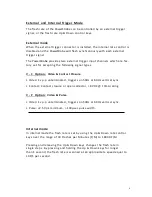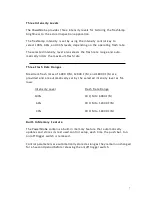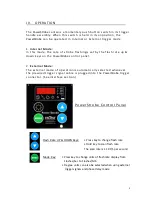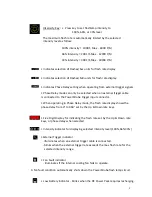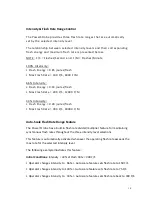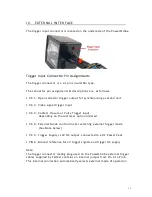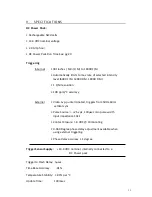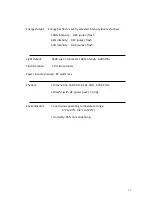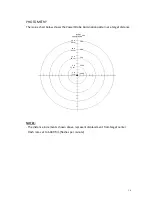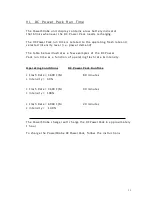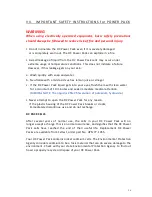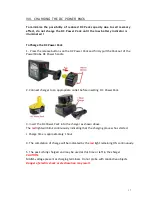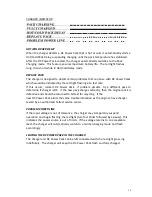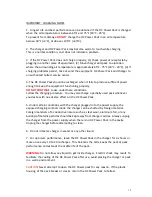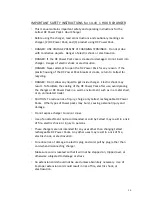
5
I I . I N T R O D U C T I O N
The PowerStrobe provides narrow beam spot illumination of a flat surface covering
50cm to 100cm. This illuminated area results when using the PowerStrobe at its
intended 5 cm to 5m distance.
Larger areas can be illuminated by using PowerStrobe at greater distances, however,
this will result in a corresponding reduction of light at the surface being inspected.
HOW TO SET THE FLASH RATE
Flash rate should be adjusted within these limits for non-synchronous
inspection. Non-synchronous inspection is defined as looking for flaws or
random events on non- printed webs moving at production speeds.
(Note: In pattern inspection, flash rate must be set to synchronize).
FOR SURFACE QUALITY ON STEEL / PAPER / FILM
Adjust flash rate to exceed 50 Flashes per Second (F/S) (3000 per
minute). Rates below 50 F/S can be dangerous and disruptive to
personnel affected in the immediate area (See Warning on first
page). Therefore, 50 F/S should be your minimum flash rate.
Flash rates should not allow more than 15cm to 30cm of material
to pass between flashes. Therefore, to calculate the maximum
rate, divide the line speed in centimeters per second by 30, and
this will be the maximum flash frequency in Flashes per Second.
Experience gained from many industries using non-synchronous inspection
lighting shows that flash rates between 60-80 F/S (3600 – 4800 Flashes per
Minute, F/M) work best depending on speed of the material.
For synchronous inspection of printed webs or rotating parts, set
the PowerStrobe flash rate to the highest setting. While viewing the
action lit by PowerStrobe, gradually lower the flash rate. When the
first single image appears, the light is synchronized to the exact
repeat speed of the web or rotating part. The display will indicate
the speed in repetitions per minute or second.
For paper formation / activity studies, Flash Rates between
25-35 F/S work best depending on speed and type of paper made.
Содержание PowerStrobe
Страница 1: ...1 Manual PowerStrobe Release Date 01 2011...


